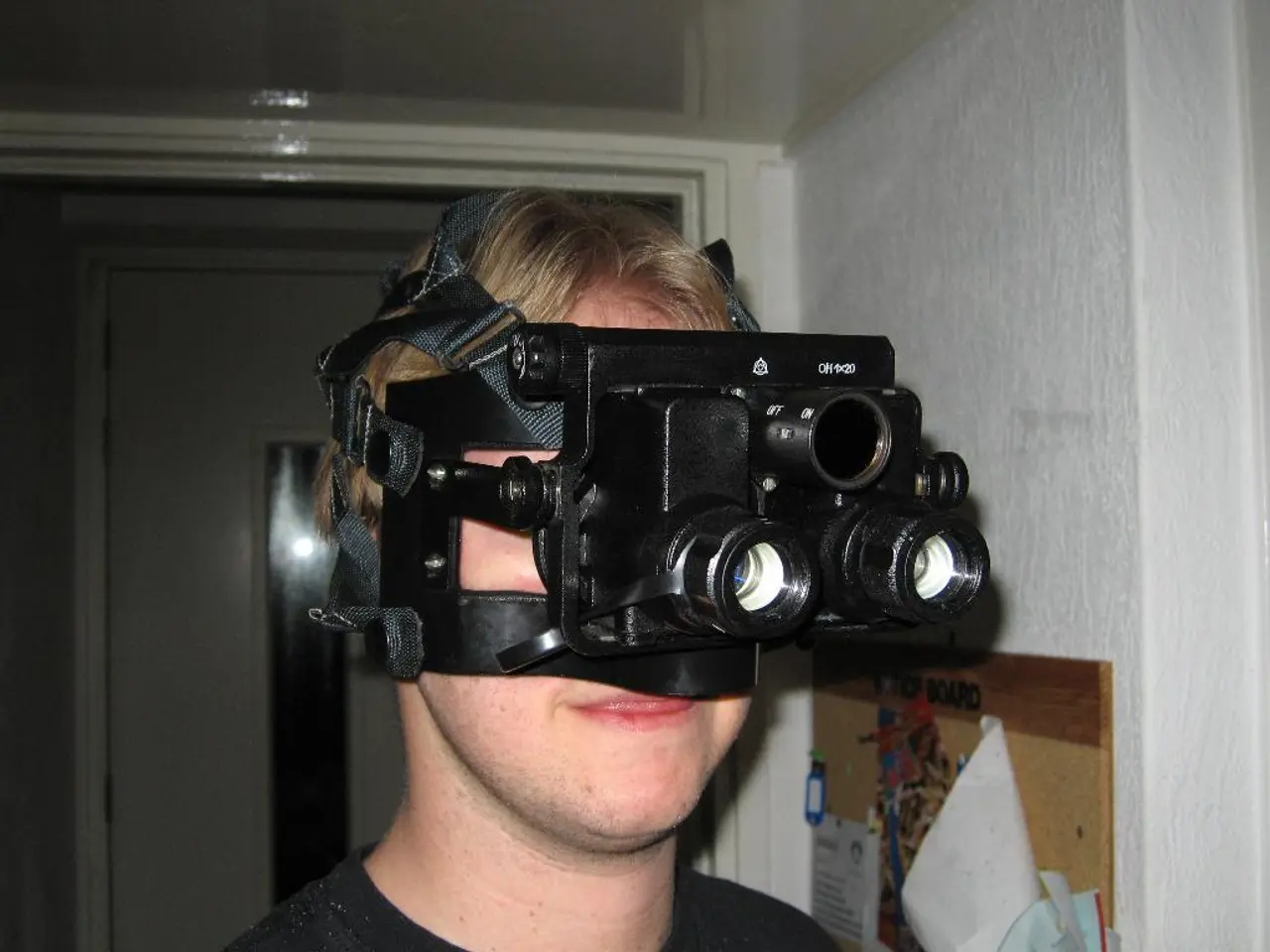Top Virtual Reality Applications for Physiotherapy: Innovative Recovery Methods
In the realm of healthcare, innovation is constantly pushing boundaries, and the latest frontier is the integration of Virtual Reality (VR) into physical therapy. Custom VR applications are set to revolutionize remote patient care, offering a promising, effective, and engaging modality for rehabilitation.
These applications could potentially incorporate mindfulness exercises and cognitive behavioral therapy (CBT) techniques within the virtual environment, providing a comprehensive approach to healing and recovery.
The benefits of VR therapy are manifold. Improved motor function and functional outcomes have been observed in numerous studies. Meta-analyses of randomized controlled trials (RCTs) show that VR therapy significantly improves lower limb function in stroke survivors, as well as upper limb function across various neurological conditions [1][5].
One of the key advantages of VR therapy is the multisensory feedback it provides. Real-time visual, auditory, and proprioceptive feedback promotes neuroplasticity and motor learning, making VR an ideal tool for rehabilitation [1]. Task-oriented and goal-directed repetitive movements in VR simulate real-life activities, reinforcing motor control and improving rehabilitation outcomes [1].
VR therapy also increases motivation, engagement, and adherence. Immersive VR environments reduce monotony associated with routine rehab exercises and enhance patient attention and enjoyment, leading to improved adherence and therapy effectiveness [1][4]. Verbal encouragement and interactive elements in VR systems further boost motivation [4].
Safety and controlled environments are another significant advantage. VR enables safe simulation of complex or hazardous scenarios, such as road crossing training for children with intellectual disabilities, which are difficult or risky to replicate in real life [2]. This environment also allows patients to practice skills extensively with reduced anxiety.
VR therapy also offers quantitative assessment and data-driven decisions. Continuous and objective data on movement quality and functional performance provide more precise clinical assessments than conventional methods, enabling tailored therapy progression and better monitoring of rehabilitation [3].
However, potential challenges exist. Some users may experience discomfort such as motion sickness or difficulties with VR controllers, which can limit therapy duration or effectiveness [2]. Task complexity and ergonomic design are also crucial considerations, with VR tasks needing to be designed to suit patient abilities and provide adaptive guidance to avoid frustration or abandonment [2].
Personalization and integration with clinical care are also important. Custom VR applications should be adaptable to individual patient needs and integrated thoughtfully with existing therapy protocols to maximize benefits [4].
It's important to note that VR headsets and therapy app subscriptions can incur additional costs compared to traditional therapy, and VR therapy is not a one-size-fits-all solution for everyone. Proven Reality offers custom VR application development for physical therapy, creating immersive and interactive virtual environments designed for unique needs and recovery goals.
The future of VR in physical therapy includes personalized rehabilitation programs. VR therapy might integrate with wearable technology to provide real-time feedback on muscle activity, heart rate, and other physiological data. However, it might not be suitable for individuals with certain medical conditions like severe balance problems or a history of motion sickness.
In conclusion, custom VR physical therapy applications provide a promising, effective, and engaging modality for rehabilitation, especially when tailored to patient needs and addressing ergonomic and usability challenges [1][2][3][4][5]. As technology continues to evolve, we can expect to see even more innovative applications of VR in the field of physical therapy.
- The integration of Virtual Reality (VR) into healthcare, particularly physical therapy, holds promise for the development of custom applications that combine mindfulness exercises and cognitive behavioral therapy (CBT) techniques within a virtual environment.
- Meta-analyses of randomized controlled trials (RCTs) indicate that Virtual Reality (VR) therapy significantly improves both lower limb and upper limb function across various medical-conditions, demonstrating its effectiveness in health-and-wellness improvements.
- One of the key advantages of VR therapy is its ability to provide multisensory feedback, promoting neuroplasticity and motor learning, which in turn makes it an ideal tool for rehabilitation.
- As technology continues to advance, we can anticipate the integration of Virtual Reality (VR) with wearable technology for real-time feedback on muscle activity, heart rate, and other physiological data, potentially leading to personalized rehabilitation programs in the future.




